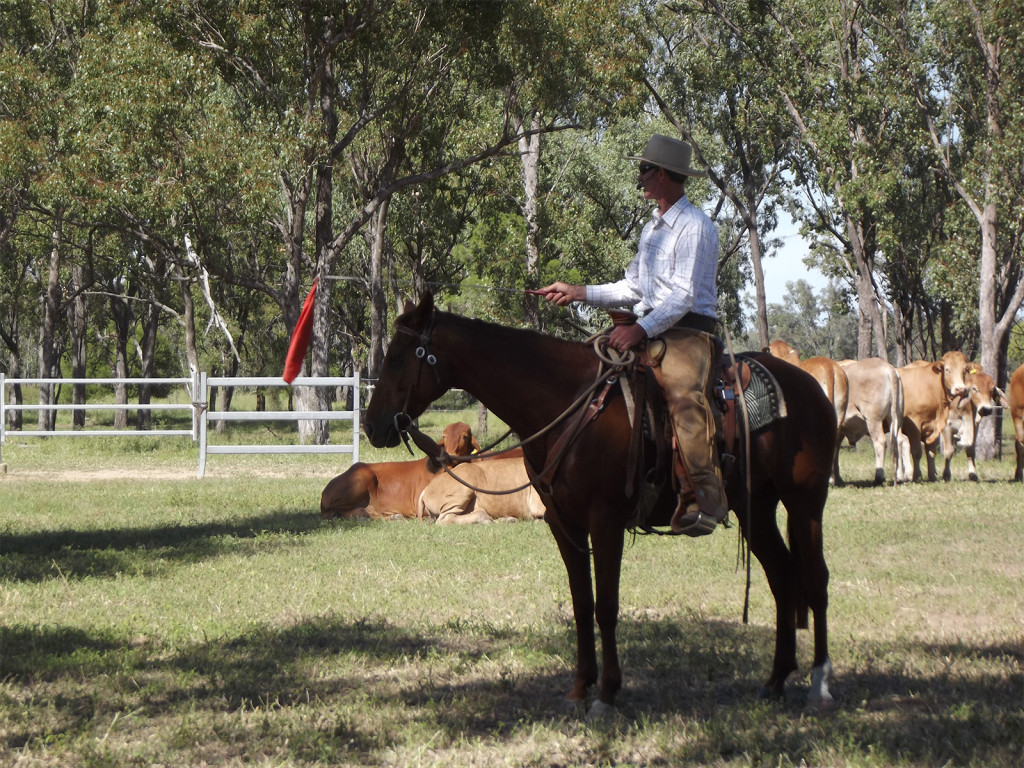![]() Spring is on the way, at least in the southern hemisphere. Since my last blog a few months ago we have had a course in Central Queensland at Emerald and have upcoming courses in the next few months at Emerald , Brisbane and at the end of the year in Western Australia.
Spring is on the way, at least in the southern hemisphere. Since my last blog a few months ago we have had a course in Central Queensland at Emerald and have upcoming courses in the next few months at Emerald , Brisbane and at the end of the year in Western Australia.
We have also been doing some virtual courses in the U.K. I was unsure how these would go and thus far the feedback has been great. This weekend we are in the New Forrest. We have a yard full of young horses in for starting with some due to go home over the next few days.
I have written a horsemanship article below for all
When putting theses articles together I try and come up with a topic that is beneficial to everyone. This time there is not a topic, just a conversation.
In recent horse conversations, we were speaking about horses taking over. As they are a herd animal, it can be their nature to do so. With developing your horse you may need to revisit exercises, ground and ridden for the horse to understand and learn and become solid. You would try and do this in a way that was not drilling and had both consistency and variety.
Some horses will pick up on things very quickly and others not as quickly. When the horse makes a change or a try, then give some recess for the horse. Some horses will pick up on things and start to anticipate and that is mostly a good thing. What happens for riders is that they stay there a little to0 long and then what works for them starts to work against them, the horse starts to take over.
Riding with accuracy and learning to be particular without being critical is an awareness that can be of benefit. With a young or green horse you will not be as particular as you might with a horse that was further down the line. You would still begin with the end in mind, you might want to back up 5 steps and be straight. You may get 7 steps and not be straight.
I am also of the view that when you approach your horsemanship in this way it creates discipline within both the rider and horse. You don’t want fear, although the horse’s self preservation may come out at times, in time you will have confidence and understanding.







